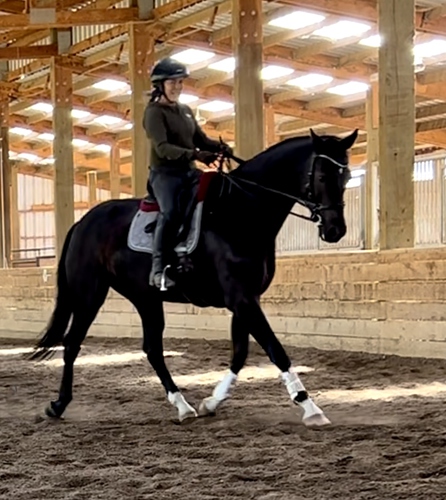I have a 2 (almost 2.5) year old warmblood filly who is currently living out in a herd of young horses. Generally speaking she has not been extensively handled - I did a bit of groundwork with her in the summer in the hopes of bringing her to a line show, but I decided against it at the last minute, feeling that she didn’t have enough experience for the excursion to be a positive one. As she lives out 24/7, she is brought into the barn for farrier appointments every other month, and I will groom her in the field, but otherwise she is left alone.
Curious to hear others’ thoughts on the best time to start more formal training - in her case, I’m not talking about ridden work, but groundwork training later this fall with a professional, and learning the routine of being in a barn. The opportunity that is available to me would involve 30 days of formal groundwork training, then we would leave her until the spring to get her going under saddle. The turnout situation over the winter would be all day turnout (8-9 hours) and then she’d be able to live outside full time in the spring. I am hesitating because I worry that taking her away from a 24/7 turnout situation is not in her best interest at this age. However I also feel that daily handling over the winter will really do her wonders (she is a big girl, and a bit on the reactive side, so I’d like to instill some basics before she gets even bigger).
Would love to hear others’ thoughts on the pros and cons of starting with the basics early vs. waiting until the spring when she is 3.





